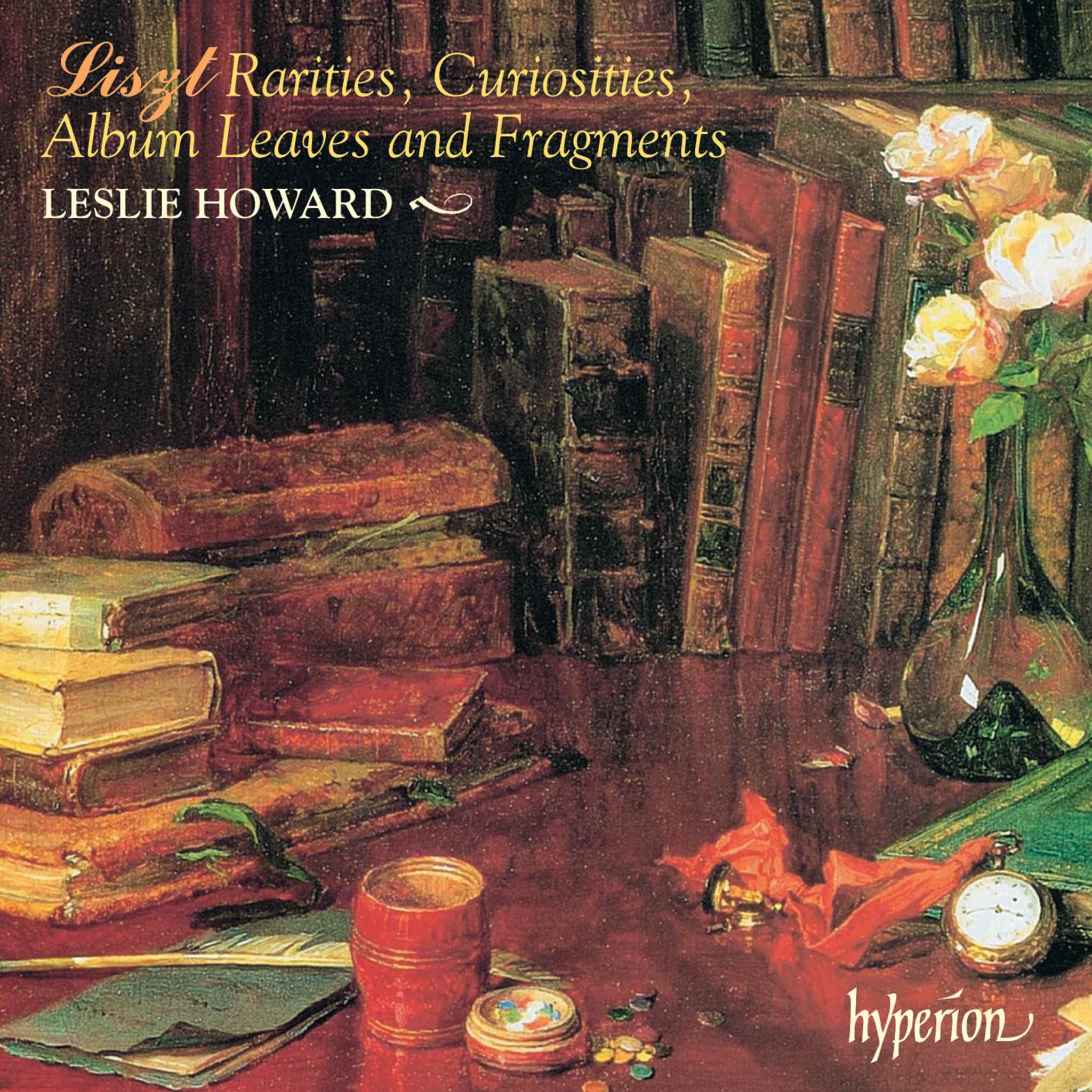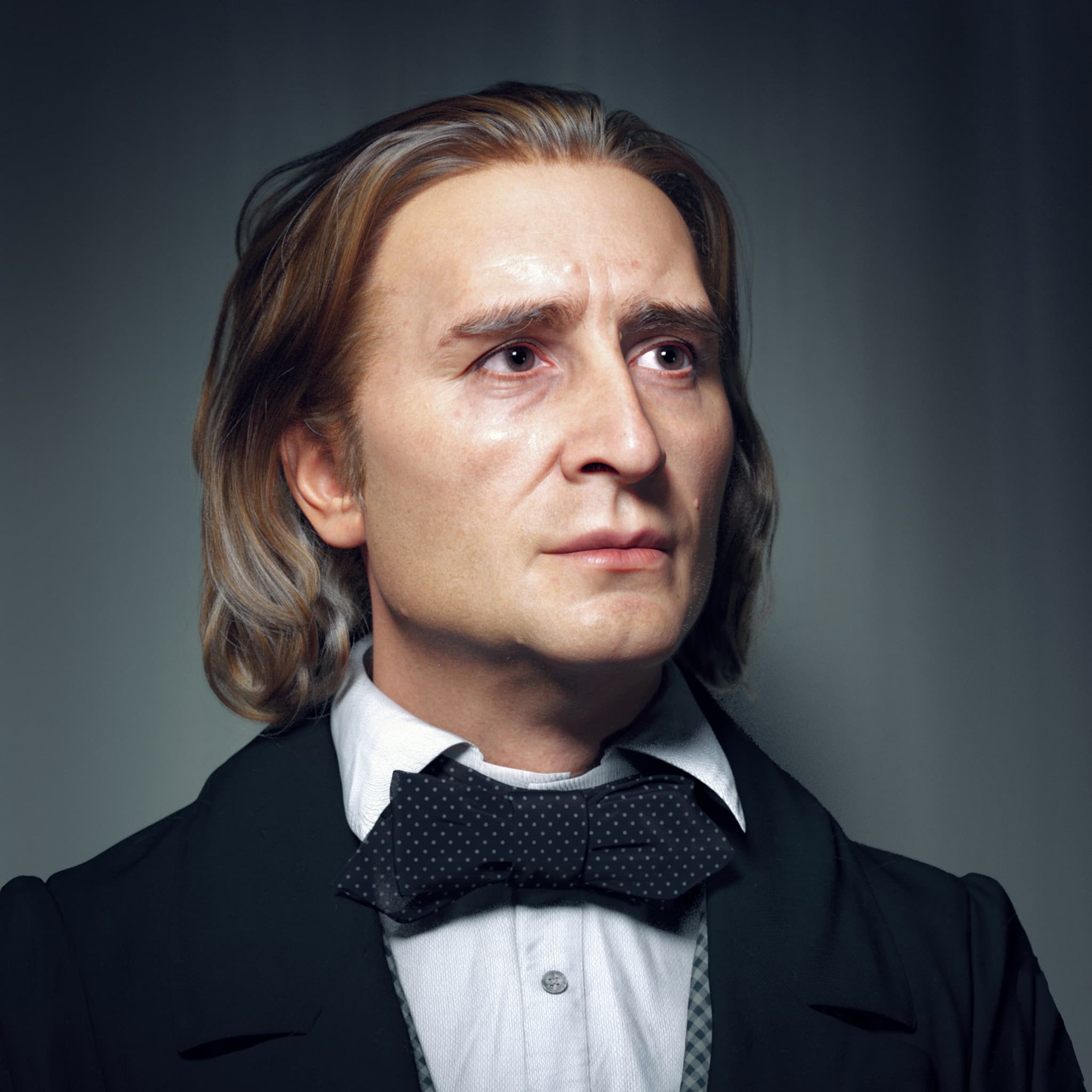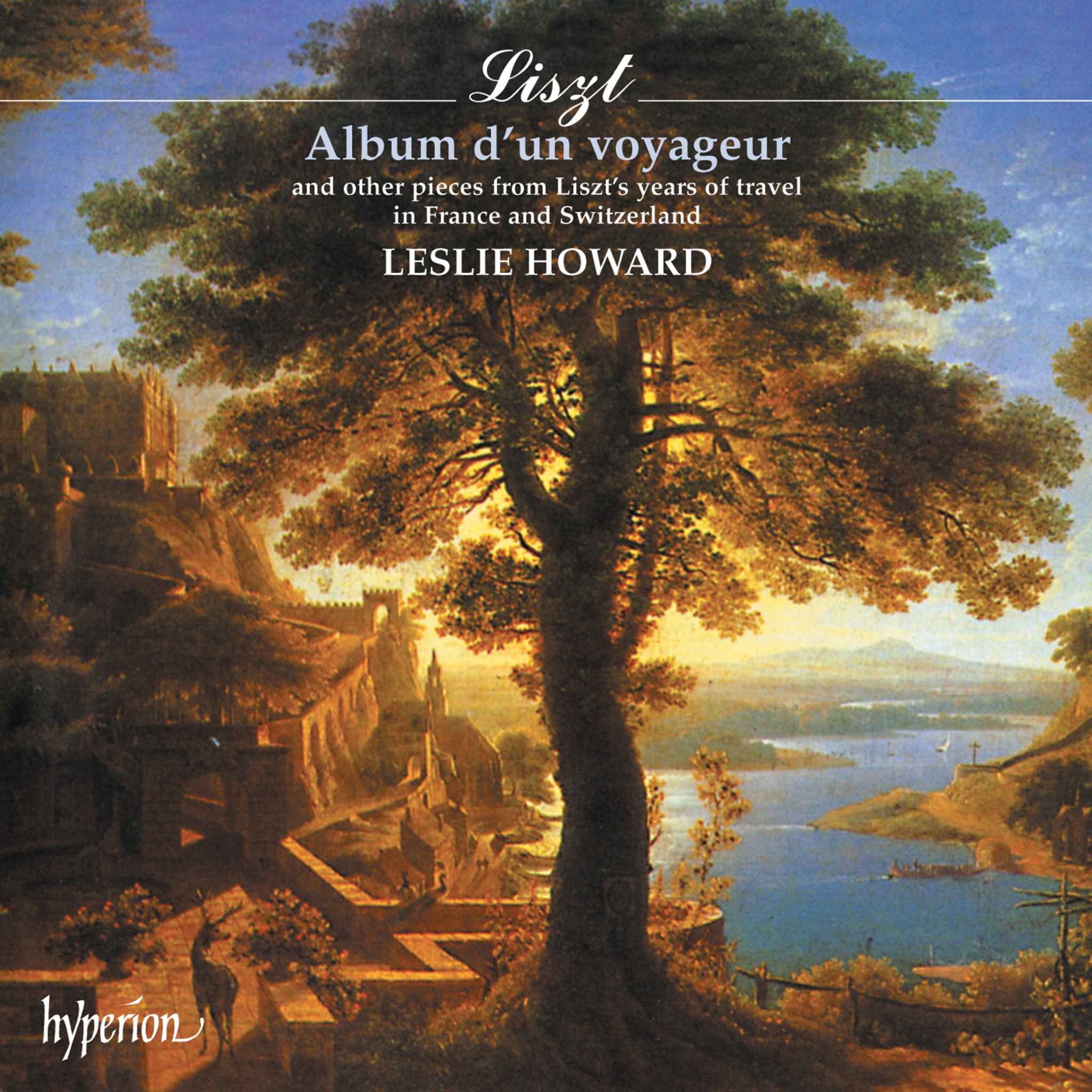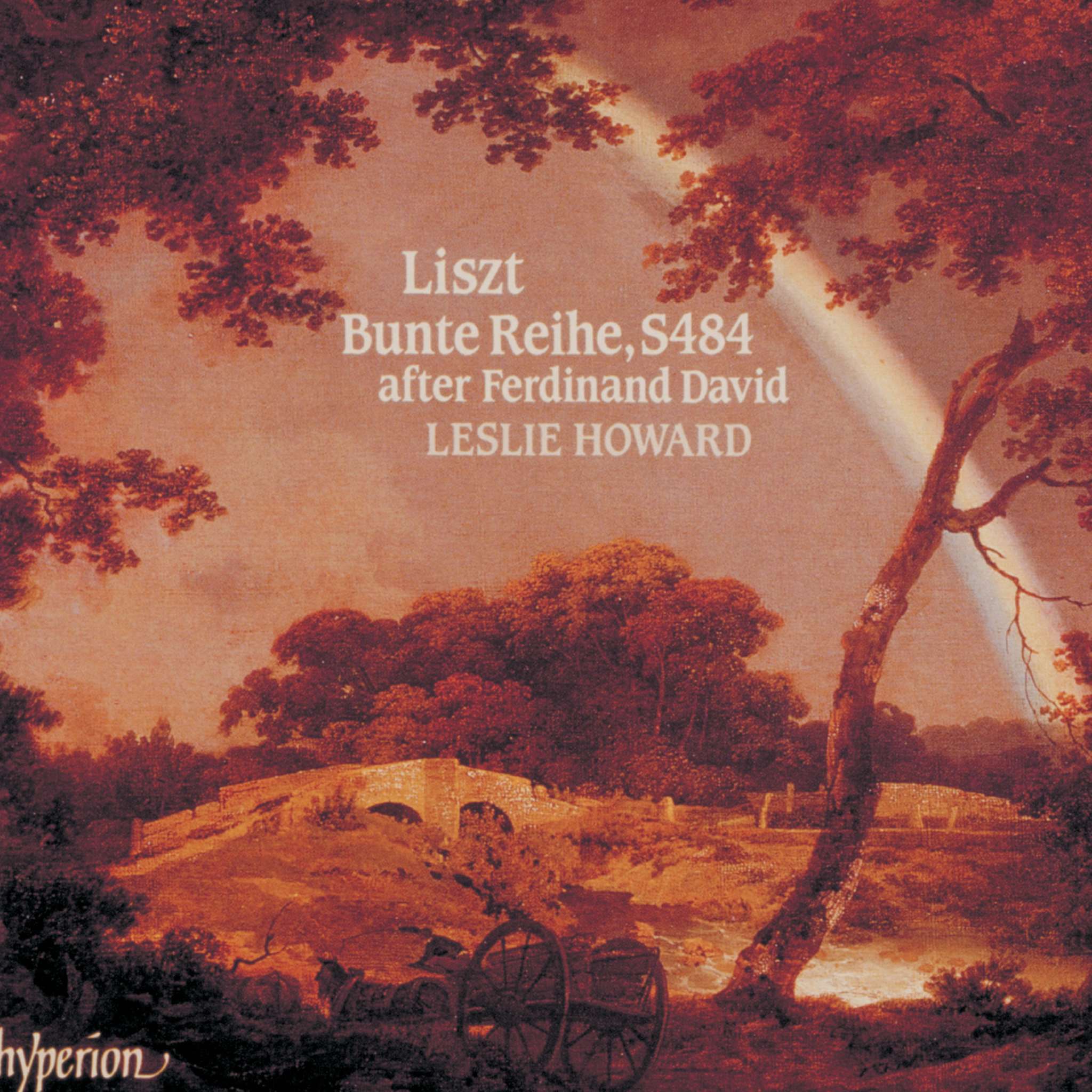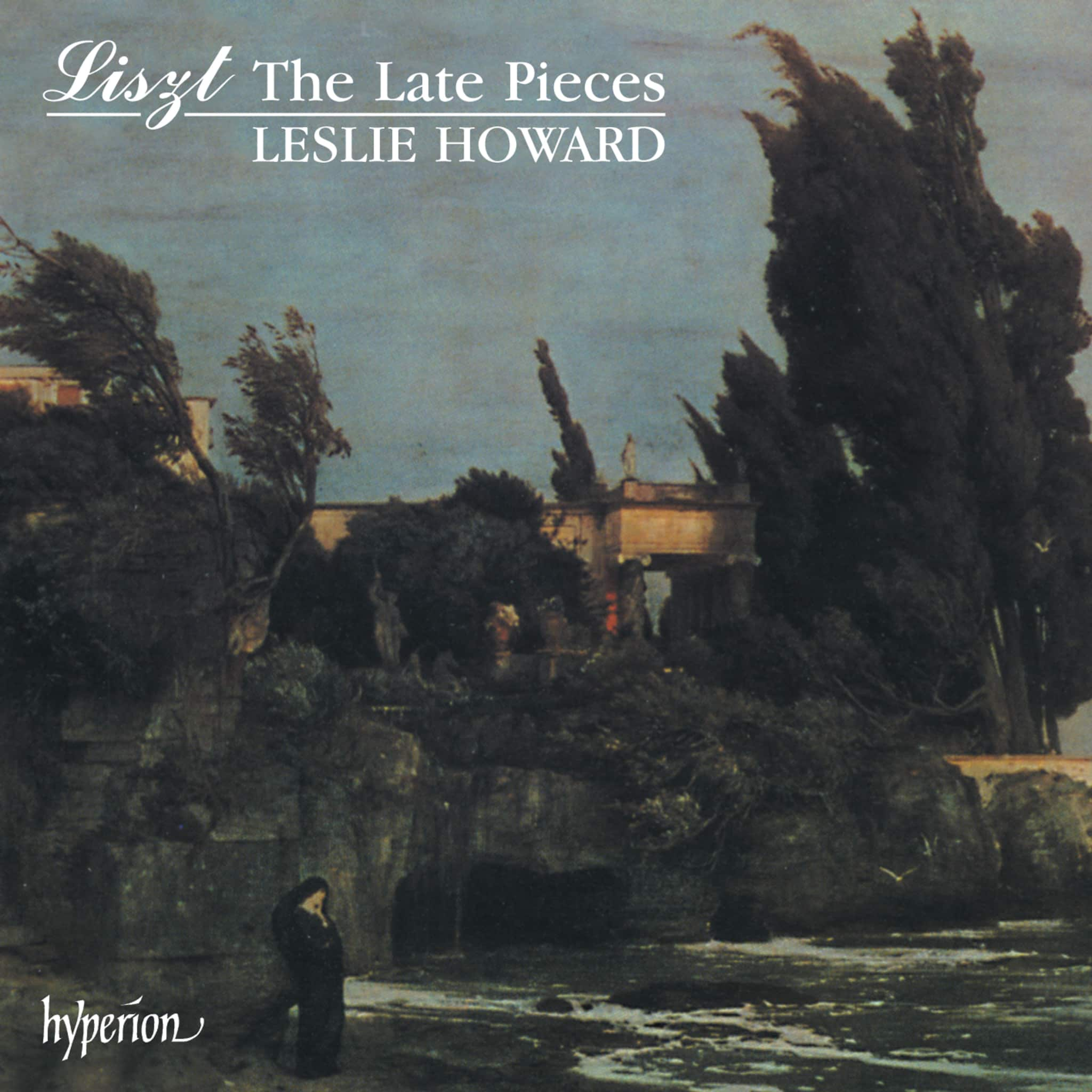Album insights
Louis Spohr, a prominent figure in German music during the first half of the 19th century excelled as a composer, violinist, teacher, and organizer. He was considered a leading pioneer of Early Romanticism. His symphonies were regularly performed alongside those of Haydn, Mozart, and Beethoven, securing him a place in the standard concert repertoire until the late 19th century.
While Spohr's fame dwindled in later years, a revival of interest emerged, driven by his chamber music like the Nonet and Octet, his Clarinet compositions, and other works played by esteemed musicians. His career covered significant positions in various cities, including Leipzig, Vienna, Frankfurt, and Kassel, with memorable concert tours in Italy, England, and Paris.
Spohr composed nine published symphonies between 1811 and 1850, with four having programmatic titles. His tenth Symphony, composed in 1857, didn't premiere until 1998 and remained in handwritten form until its release in 2006.
Born on April 5, 1784 in Braunschweig, Spohr rose to fame as a virtuoso violinist at a young age. Throughout his career, he held prestigious roles and cultivated lasting friendships with influential figures like Beethoven. Spohr's musical achievements endured through his robust compositions and conducting, correlating with personal triumphs and tragedies that permeated his life and works.
Spohr's Symphony No. 4 in F major, op. 86, inspired by a volume of poems, marked a significant departure in symphonic composition, illustrating rare artistic forms and expressive narratives. The symphony made a profound impact and influenced future composers like Tchaikovsky and Mahler.
The success of his Symphony No. 5 in C minor, op. 102, resonated in Vienna, opening a new chapter in Spohr's musical legacy. Each symphony reflected his personal struggles and triumphs, offering glimpses into the turbulent emotions that marked his life during the 1830s.
In essence, Spohr's musical journey not only contributed to the evolution of symphonic forms but also delved deeply into personal emotions and artistic expressions that shaped his lasting musical legacy.

